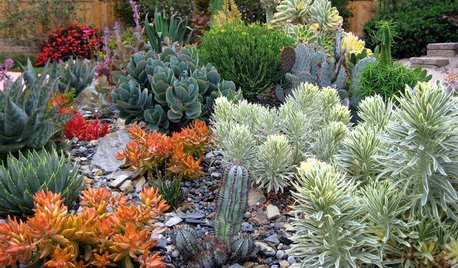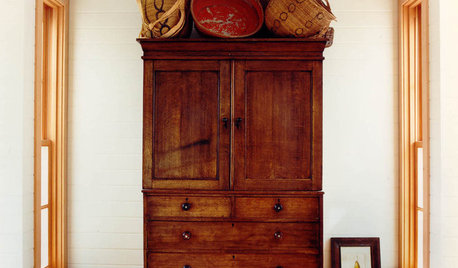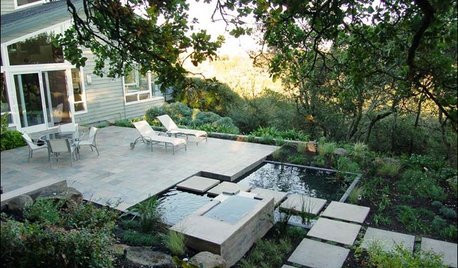From one beginner to another
tyler_23
16 years ago
Related Stories

GARDENING GUIDESA Beginner’s Guide to Growing Succulents
Their easy-care reputation is well-deserved, but a little TLC will turn succulents into star plants
Full Story
WORKING WITH PROSA Beginner’s Guide to Managing a Remodel
How do you make your design dream a reality? Here’s some project management know-how to help you work with your designer
Full Story
LIGHTINGA Beginner’s Guide to Lighting in Layers
Discover the secrets of combining light sources to create richer-looking and more flexible living spaces
Full Story
ARTCollect With Confidence: An Art-Buying Guide for Beginners
Don't let a lack of knowledge or limited funds keep you from the joy of owning art. This guide will put you on the collector's path
Full Story
DECORATING GUIDESA Beginner’s Guide to Getting Wallpaper Right
Follow these experts’ wallcovering ideas and tips to help ensure a successful outcome
Full Story
GARDENING GUIDES10 Tips to Start a Garden — Can-Do Ideas for Beginners
Green up your landscape even if you're short on time, money and knowledge, with these manageable steps for first-time gardeners
Full Story
DECORATING GUIDESA Beginner's Mini Guide to Buying Antiques
Experience the thrill of the hunt without ignorance ruining the spoils, with this guide to antiquing for novice buyers
Full Story
MOVINGSaying Goodbye to One Home and Hello to Another
Honor your past and embrace your future with these ideas for easing the transition during a move
Full Story
LANDSCAPE DESIGNHow to Look Good From Any Angle (the Garden Edition)
Does your garden pique interest from one vista but fall flat from another? These tips and case-study landscapes can help
Full Story








lucy
tyler_23Original Author
Related Professionals
Port Royal Landscape Architects & Landscape Designers · Newcastle Landscape Architects & Landscape Designers · Mount Wilson Landscape Architects & Landscape Designers · Aurora Landscape Contractors · Commack Landscape Contractors · Concord Landscape Contractors · Haverhill Landscape Contractors · Lexington Landscape Contractors · Mashpee Landscape Contractors · Mission Bend Landscape Contractors · Ramsey Landscape Contractors · Oxon Hill Landscape Contractors · Norridge Landscape Contractors · Fishers Decks, Patios & Outdoor Enclosures · Scotts Valley Decks, Patios & Outdoor Enclosuresdlksr
lucy
tyler_23Original Author
buddaboy
tyler_23Original Author
bonsaikc
tyler_23Original Author
tyler_23Original Author
buddaboy
patzcuarense